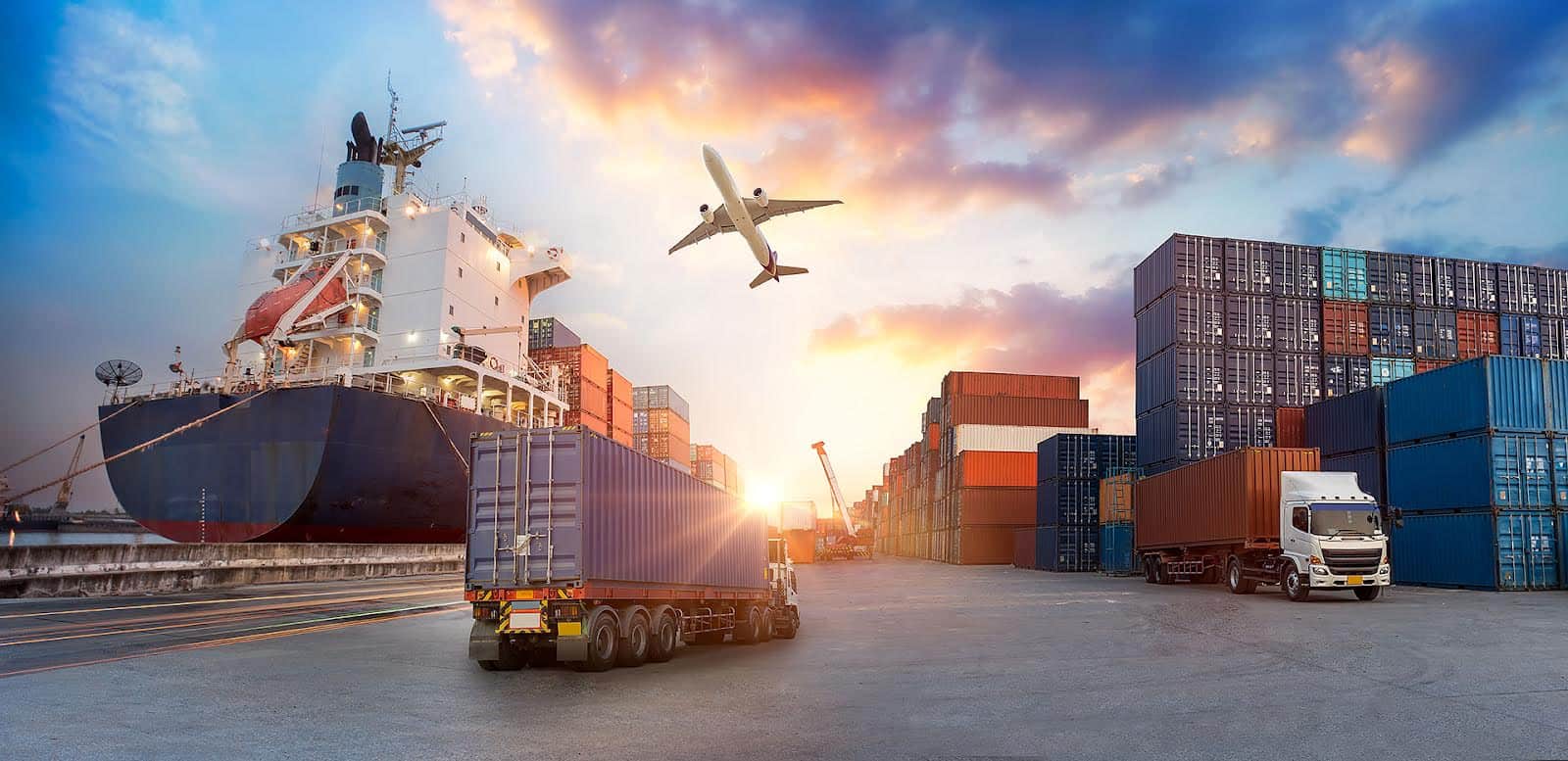
Before modern modes of transportation like cars, planes, and ships, travel was drastically different. Long-distance travel was highly energy-intensive. People were unlikely to voyage very far from their birthplace. Moving away from home was only considered under extreme circumstances. Having to rely on animals or sometimes just your own strength to carry you along the way meant your voyage could easily last days or months. You were likely to run into robbers, storms, and other obstacles that made these voyages not only dangerous but expensive.
Thankfully, innovation and technology have successfully allowed us to innovate our way past the good old days of utilizing manpower and animal power to get around. With the help of modern energy, we can now cross entire oceans and continents in hours. Not only that, these new modes of transportation have brought with them the development of complex industries. Travel lifestyles, car culture, and online shopping are all side effects of modern transportation. With growing waste and contamination from this newfound easy access to travel and products, demand for efficiency and sustainability has begun to pressure the transportation industry to make a few changes. The need for new inventions and ideas is greater now than ever before. So how exactly is transportation connected to energy? And how does this relationship influence our daily lives?
Energy and transportation
The connection between transport, energy, and the environment is relatively straightforward on the surface. If you own a car, you need gas or electricity to get where you need to go. This requires access to fossil fuels and/or renewable resources. Not to mention the land required for roads and highways or the natural resources used in the systems to manufacture and dispose of vehicles. According to the U.S. Energy Information Administration, the transportation of people and goods accounted for 28% of the total U.S energy consumption in 2021. Energy is involved in every step of the process. Knowing the energy intensity of the transportation systems you use is essential if you want to make a difference.
Private transportation
Everyone has to have a method to move around. You might live in a city where walking or biking is a reasonable alternative to standard vehicle transportation. In which case, you can sleep well knowing you made an effort to make a difference and got a little exercise simultaneously. However, there are a couple more things to consider for those who have to travel longer distances. You might think driving an EV will always be cleaner than a gas car. But if the electricity used to power the EV is derived from fossil fuels, it may not be as eco friendly as you think. When purchasing a new vehicle, consider your local source of electricity. Make sure to compare fuel efficiency and ask about any green features. Sustainability starts with thoughtfulness, so keep the environmental consequences of your vehicle in mind. Both when you purchase and when you choose to drive.
Public transportation
Public transportation is one of the most effective ways to become a more efficient energy consumer. Something as simple as riding the bus to work can reduce traffic congestion, air and sound pollution, and the need for road expansions. Increased ridership improves the energy-saving power of our public transportation systems. So by making public transportation a part of your routine you can actually help to supply funds to improve these systems and make them more efficient. So catch the bus when you can, you can help out the environment and save some gas money all in one.
Goods and services
Transportation involves much more than the movement of people. In fact, the EIA reported that heavy trucks and buses, which primarily transport materials and consumer goods, accounted for 18% of US energy consumption in 2019. These modes of transportation are reserved primarily for materials and consumer goods. The maximization of our transportation systems has allowed us to move everything from food and water to consumer goods over much longer distances. The convenience of having access to products from around the world may be rewarding at the moment. However, the ecological impact of the trucks, boats, and trains that carry these products to your door can be more severe than you imagine. Buying local products reduces the demand for the use of transport methods that contaminate our environment. We can then conserve our resources and allocate them to sectors of our society that need them more.
With the rise of new technology, keeping up with our growing energy demand without dwindling our natural resources requires strategic planning. It is a responsibility we only recently started to take seriously. Much-needed improvements need to be made to reach sustainability. Thankfully, we have a lot to look forward to. Fantastic new jobs and career opportunities have been developed due to this new awareness and have become an essential part of travel and transportation. Change starts with our personal choices, so carpool and use public transportation when you can, and be thoughtful about the world's energy resources when purchasing new products.
For more tips on energy conservation and sustainability, visit watt-watchers.com, Resourcefulness or smartenergyeducation.com to learn more!
We'd love to help answer any questions and help you get started! Drop us a line and we'll get back to you as soon as we can.
Watt Watchers of Texas
204 E. Dean Keeton Street, Austin, Texas 78712
contact@watt-watchers.com
Nos encantaría contestarle cualquier pregunta que tenga y ayudarle empezar! Envíenos un mensaje y nos pondremos en contacto con usted lo antes posible.
Watt Watchers de Texas
204 E. Dean Keeton Street, Austin, Texas 78712
contact@watt-watchers.com